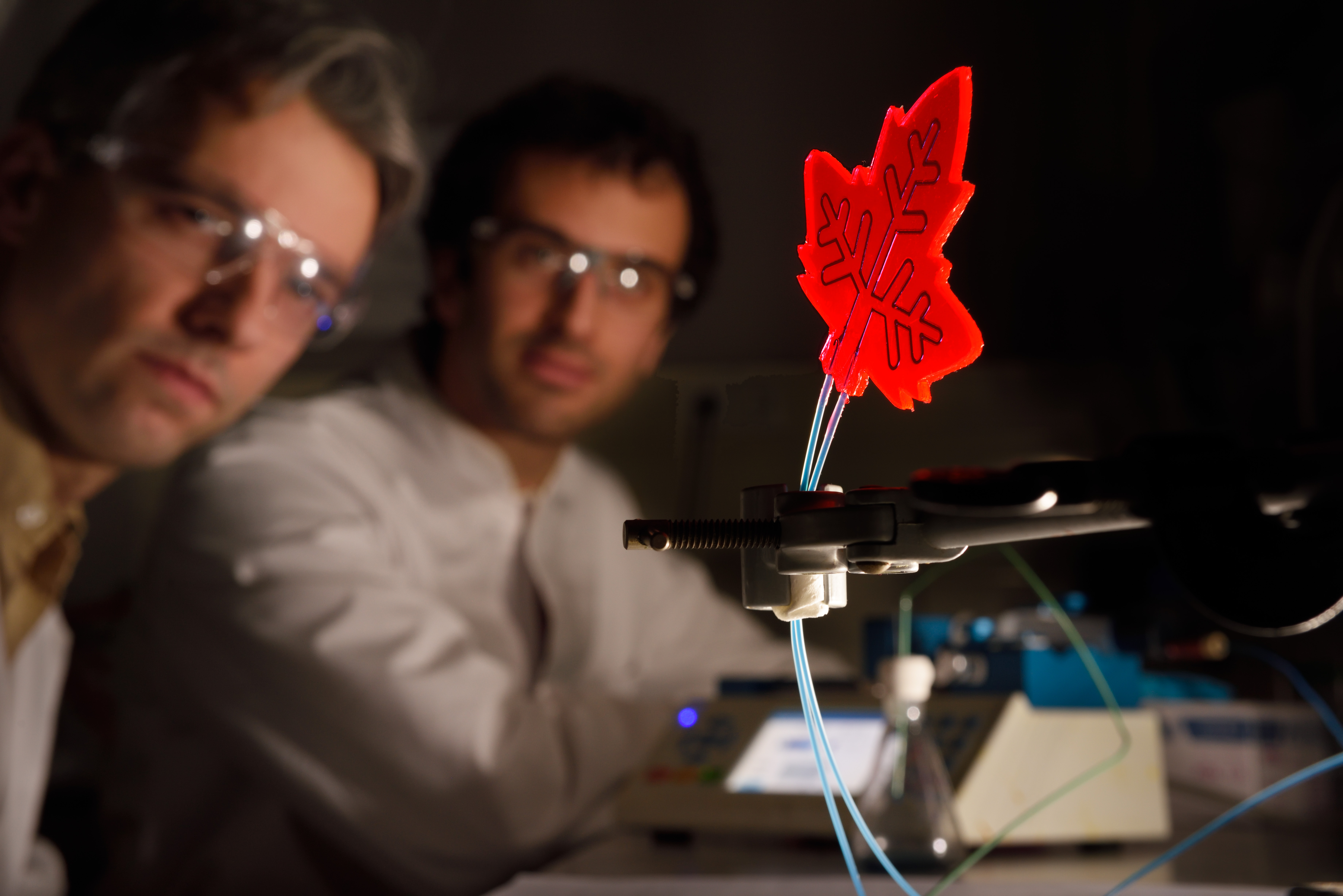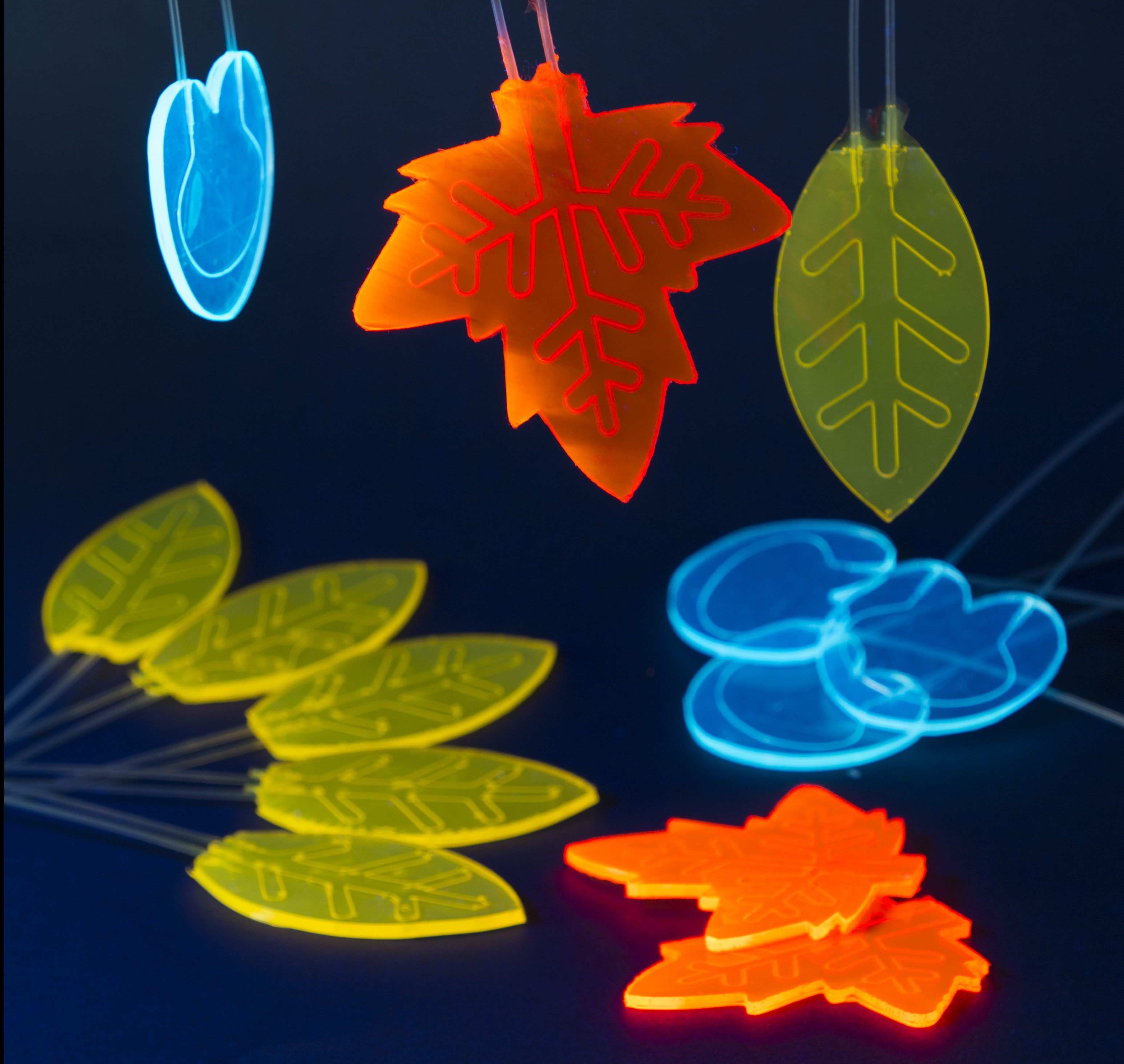Sunlight is often seen as an untapped resource. At present, the most common use for solar energy is through solar cells, which can be used to power appliances or heat water through the conversion of light to electricity.
But researchers at Eindhoven University of Technology have found another use for sunlight: generating chemical reactions.

Using sunlight to enable chemical reactions is tricky, as a high enough intensity of light is first needed. In fact, it’s a feat that has only been previously achieved in nature. Green plants convert light energy into chemical energy on a regular basis, in a process known as photosynthesis.
Drawing inspiration from nature, researchers created microreactors out of luminescent solar concentrators (LSCs), devices that can collect light over large areas and concentrate the energy onto a small target, in essence, mimicking the way natural leaves capture sunlight. Just like green plants absorb light using chlorophyll in their leaves, the microreactor uses coloured dye to capture sunlight.
In reference to the bio-inspiration behind the idea, the microreactors are designed to be leaf-shaped, complete with thin vein-like channels through which the chemicals can flow. These channels bring raw liquid chemicals to meet with the energy collected from sunlight, resulting in a chemical reaction whereby they are converted into the desired compound.

The technology behind these artificial leaves is so efficient that they would even be effective under the grey skies of London or in the misty Amazon: low light levels are no barrier. And because no electricity is required, they’d be suitable for use in remote areas where fuels are difficult to transport or obtain.
Although the microreactor is not yet ready for commercial use, in the future it could be used to make drugs such as antibiotics or anti-malarial medication in areas that lack access to medical supplies. Another possible future use could be to produce drugs or chemicals needed for food production on other planets.
The versatile nature of the microreactor is similar to how an oven operates, facilitating a chemical reaction between the ‘ingredients’ you choose, in order to produce the desired product. This means the potential applications for it truly are limitless.